When you create an Augmented Reality Project using the standard Xcode template, Xcode adds this swift file to your project:
//
// Experience.swift
// GENERATED CONTENT. DO NOT EDIT.
//
import Foundation
import RealityKit
import simd
import Combine
public enum Experience {
public enum LoadRealityFileError: Error {
case fileNotFound(String)
}
private static var streams = [Combine.AnyCancellable]()
public static func loadBox() throws -> Experience.Box {
guard let realityFileURL = Foundation.Bundle(for: Experience.Box.self).url(forResource: "Experience", withExtension: "reality") else {
throw Experience.LoadRealityFileError.fileNotFound("Experience.reality")
}
let realityFileSceneURL = realityFileURL.appendingPathComponent("Box", isDirectory: false)
let anchorEntity = try Experience.Box.loadAnchor(contentsOf: realityFileSceneURL)
return createBox(from: anchorEntity)
}
public static func loadBoxAsync(completion: @escaping (Swift.Result<Experience.Box, Swift.Error>) -> Void) {
guard let realityFileURL = Foundation.Bundle(for: Experience.Box.self).url(forResource: "Experience", withExtension: "reality") else {
completion(.failure(Experience.LoadRealityFileError.fileNotFound("Experience.reality")))
return
}
var cancellable: Combine.AnyCancellable?
let realityFileSceneURL = realityFileURL.appendingPathComponent("Box", isDirectory: false)
let loadRequest = Experience.Box.loadAnchorAsync(contentsOf: realityFileSceneURL)
cancellable = loadRequest.sink(receiveCompletion: { loadCompletion in
if case let .failure(error) = loadCompletion {
completion(.failure(error))
}
streams.removeAll { $0 === cancellable }
}, receiveValue: { entity in
completion(.success(Experience.createBox(from: entity)))
})
cancellable?.store(in: &streams)
}
private static func createBox(from anchorEntity: RealityKit.AnchorEntity) -> Experience.Box {
let box = Experience.Box()
box.anchoring = anchorEntity.anchoring
box.addChild(anchorEntity)
return box
}
public class Box: RealityKit.Entity, RealityKit.HasAnchoring {
public var steelBox: RealityKit.Entity? {
return self.findEntity(named: "Steel Box")
}
}
}
let's focus on the last part of the code
public class Box: RealityKit.Entity, RealityKit.HasAnchoring {
public var steelBox: RealityKit.Entity? {
return self.findEntity(named: "Steel Box")
}
}
this part is apparently loading the cube, named "Steel Box" from the standard Experience.rcproject. But If I rename this string to any random name that is not on the scene, the cube still loads fine and so does the project... and this method is called during initialization!
Why is that? What is this really loading, or not?


